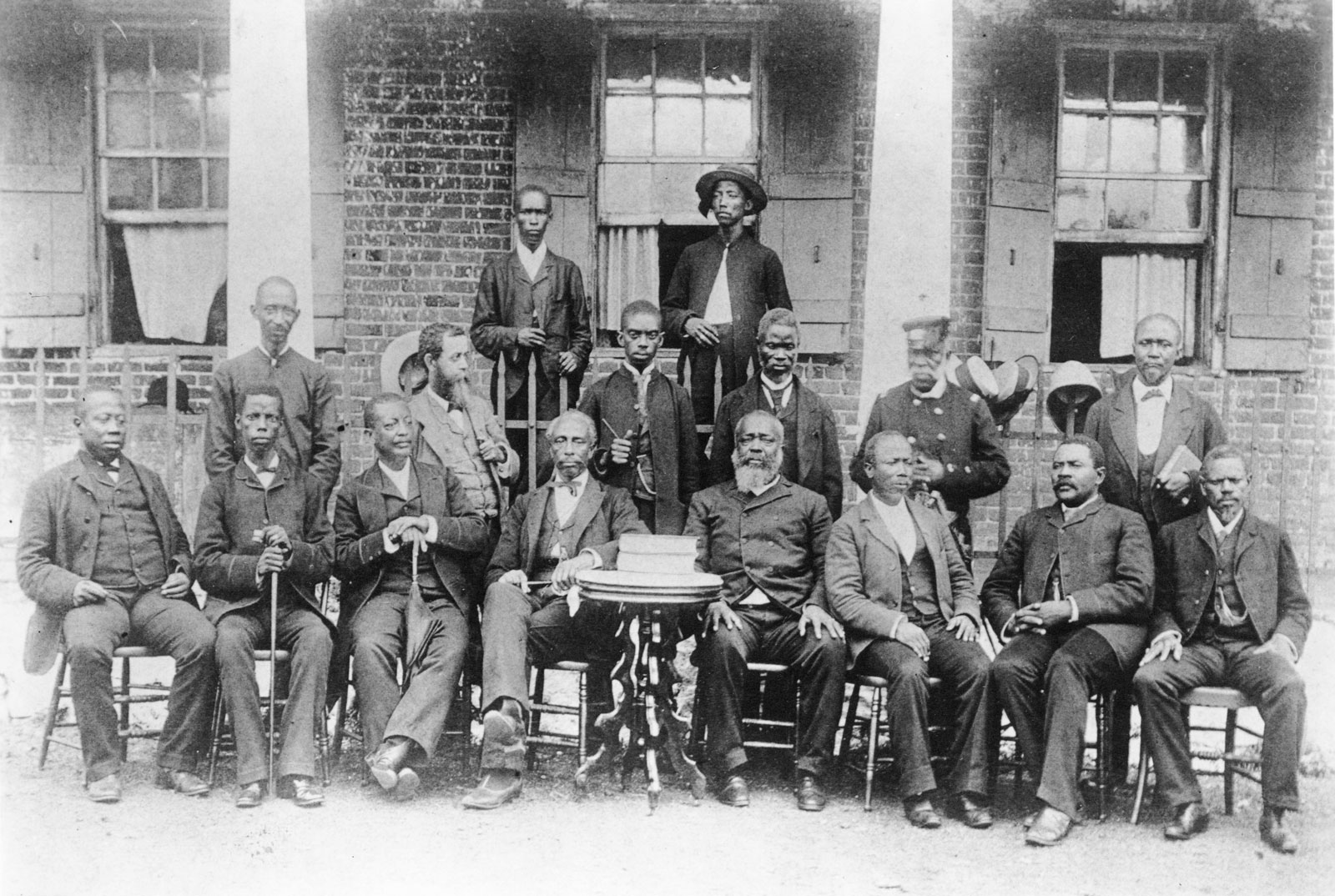Whose Bicentennial/Bicentennial For Whom?

By:Professor Augustine Konneh, Phd
Dean, AME University Graduate School
2022 is the Bicentennial of the founding of Liberia (meaning Land of the Free, formerly Grain or Pepper Coast): an enclave that was founded in 1822 by the American Colonization Society (ACS) to rid the United States of freed and manumitted slaves that might be future threats to the homeland. The ACS rationalized the return of African Americans as humanitarian with a Westernizing and Christianizing mission.
Taxation without representation, allegations of racism, and threats from encroachment from big powers included the raison d’etre to declare Liberia independent from the ACS in 1847. But the indigenous people that provided land to create Liberia did not become citizens of Liberia until 1904.
It is therefore necessary to pose some fundamental questions. For whom is the pending celebration of Liberia’s Bicentennial: is it only for the descendants of the settlers from the United States? How can we use this historic occasion to promote unity among the historically disparate Liberian groups? How do we include the other African groups within the Bicentennial celebration?
In 1821, ACS, with US Government support, started repatriating a small group of African American settlers to Cape Mesurado. The enterprise was presaged by a declaration by the sponsors that the American Africans would find a home in West Africa to give them a new lease of life. The patrons argued that the colonists would be free from the discrimination and persecution that they experienced in America.
The settlers met on arrival sixteen indigenous ethnic groups: Gola, Kpelle, Bassa, Loma, Gbandi, Mano, Mende, Mandingo, Krahn, Kissi, Kru, Grebo, Vai, Belle, and Dei. At the time, each of these groups occupied its own kingdoms and territories around Liberia and its hinterland.
Eight of the 16 ethnic groups (Belle, Gbandi, Gola, Kissi, Kpelle, Lorma, Mandingo, Mende) occupied the Northeastern part of Liberia: today’s Lofa County.
The Mano, Gio, and Mandingo were found in the Northwestern part of Liberia: today’s Nimba County. The Kpelle occupied the central part of the country (today’s Bong), and the Belle and Gola occupied the western part of the country.
[bsa_pro_ad_space id=1]
Others were the Kru and Bassa who were located in the eastern part including its coastal terrains, while the Vai and Dei were settled in the Southeastern part of the country.
These groups were involved in agriculture and trade and had their own cultural traditions and social institutions. For example, the Gbandi, Gola, Kissi, Kpelle, Lorma, Mende, and Vai had the Poro Society. The Mandingo were traders and Muslim proselytizers through Quranic Schools. The Poro and the Quranic schools provided social training and religious precepts respectively. These institutions became vehicles for the transmission and preservation of various ethnic cultures and traditions that we still observe today in Liberia.
After its founding, Liberia struggle with disease (chiefly fever or malaria), poor governance, slow expansion to its hinterland and governance inexperience, and intergroup hostilities, which almost led to the collapse of the incipient polity.
Therefore, while it is good to celebrate Liberia’s Centennial, the long history of conflicts between the Indigenous Africans and the settlers implies that great care must be taken to make the celebration inclusive, to forestall inflaming the antagonistic relationships between the two groups.
Modern-day Liberia is a cultural mosaic consisting of four major African groups: Africans who were met on the Grain Coast, who immigrated in various waves beginning the Tenth Century; Africans from the United States known as Settlers or Americo-Liberians; Africans from the Caribbean Africans from other parts of West Africa (for example, Sierra Leone, Ghana, Guinea, Nigeria, Togo).
In spite of the initial difficulties and clashes/confrontation that ensued as a result of the encounter between the settlers and some of the indigenous groups, they managed to form alliances that later on led to Independence and gradual unification of the nation. Although, we continue to witness tensions as a result of inequality between the indigenous and settler groups.
The idea of a Bicentennial celebration is only relevant to the settlers or repatriated Africans for whom the ACS founded Liberia in 1821. Historically, it is irrelevant to indigenous Africans who had already established institutions and systems met by the settlers.
I suggest that the other African groups be included by renaming the Bicentennial theme of the celebration as “The Return of the African.” Cues should be taken from this theme to organize activities that reflect all Liberian cultural groups from the founding of Liberia to the present.
Finally, I suggest that we seize this opportunity of the Bicentennial celebration to revisit the enduring national debate about changing our national symbols to make them inclusive, to promote unity and patriotism. According to Professor George Kieh, jr.,” the national symbols of Liberia need to be rethought and redesigned so that they can embody and reflect and represent the collective and share cultural and historical experiences of all of the stocks and ethnic groups that constitute the Liberian state.”https://thenewdawnliberia.com/liberia-the-land-of-return/


















